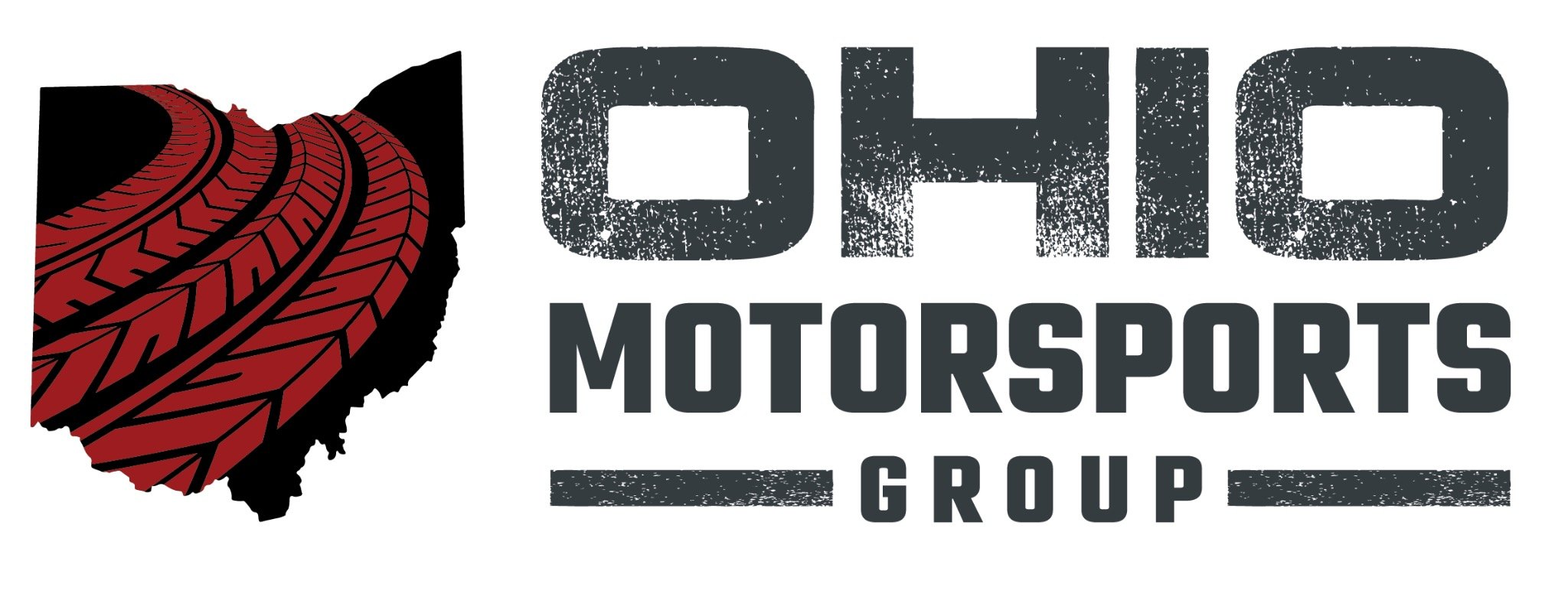If you've been inside a carb once or twice, no reason to get it professionally done. Get an exploded fiche diagram of the parts and how they go together. Keep track of the hard and 'soft' parts in separate bags for each carb. If possible, try to NOT disassemble the carb bodies from each other and from the carb rack; you'll have a much easier time putting everything back together and syncing the linkages. (I got this advice from an old racer/mechanic at Western Hills Honda, and I figure he knows more than me.) A rebuild kit shouldn't be too much--maybe $25-30 each carb--unless you need to replace the diaphragms (if they're CV carbs) as these typically don't come with the rebuild kit.
Pine Sol makes a great soak for the metal parts, and try to find a small ultrasonic bath to clean the parts like the jets with very fine orifices. Depending on how many miles are on the bike, the main jet needles may be worn from vibration--they're soft metal--and those and the main needle seat will need replacing. The pilot jets (small ones) are more crucial to smooth running than you may think; they are critical for fueling response at lower RPMs and to throttle input up to about 1/4 throttle, so make sure they are perfectly clean. Another fairly important tuning tip is to ensure the fuel level in the bowl is set correctly. You'll need to bend the tang on the float than controls fuel shot-off to get this set correctly. Fuel level in the bowl is typically set to just below the lip of the bowl, but can vary based on engine model and aftermarket tune, i.e. air box and exhaust mods.


